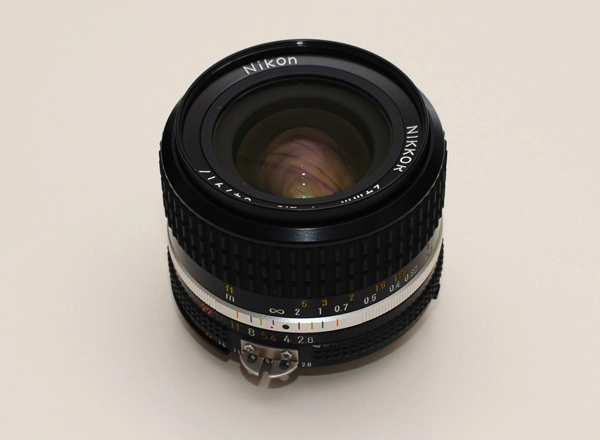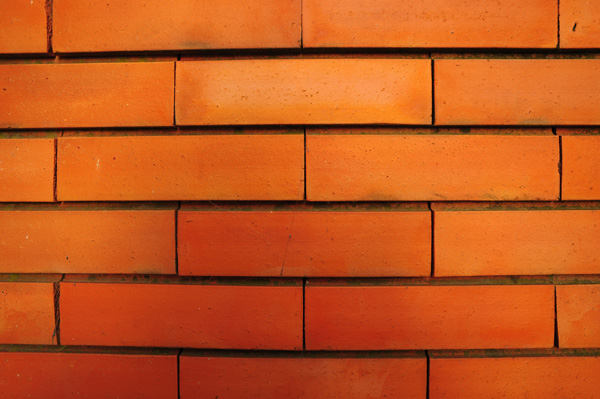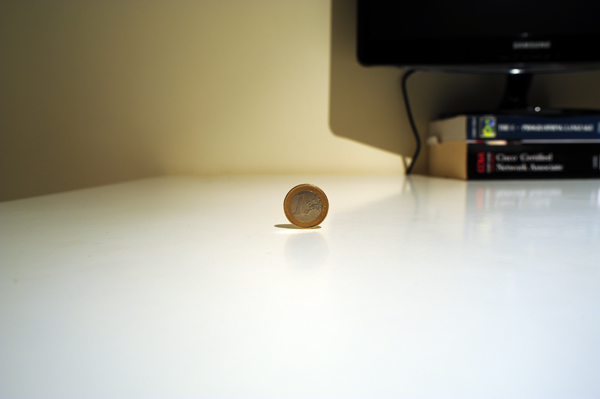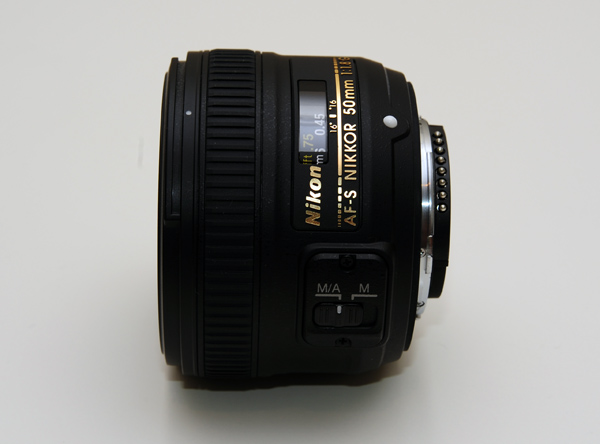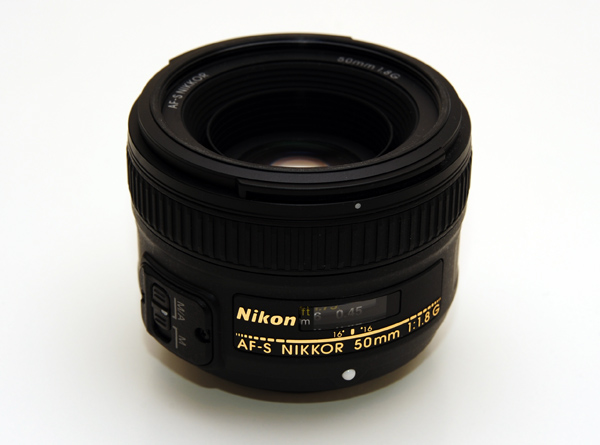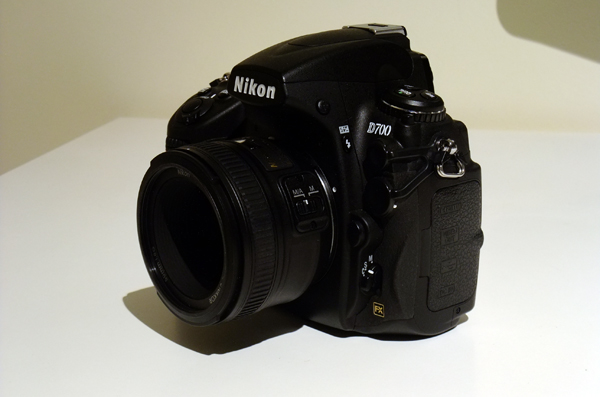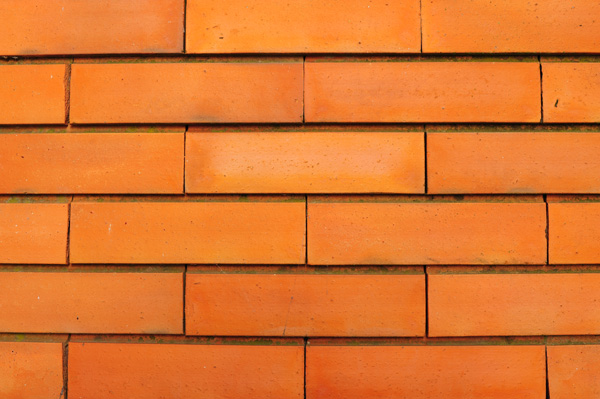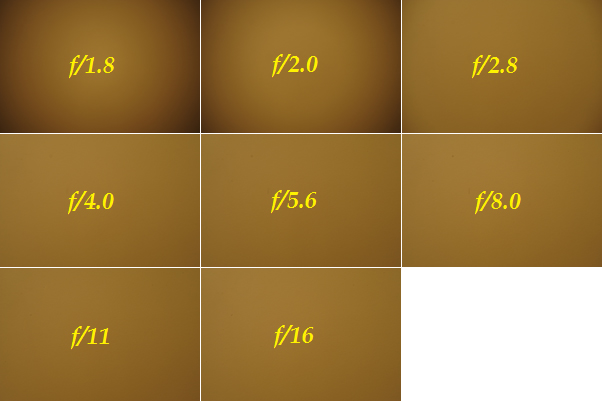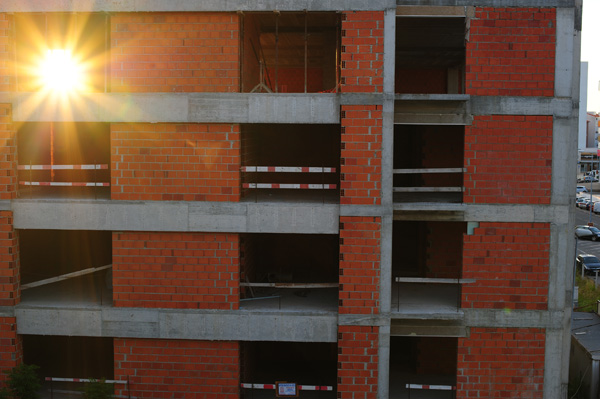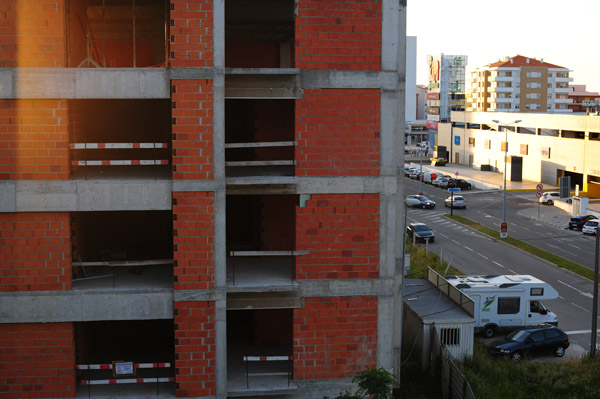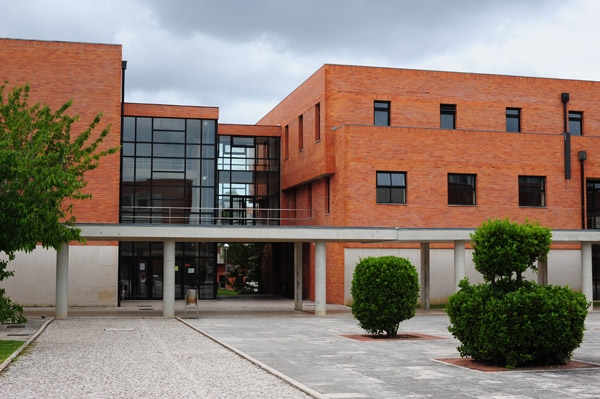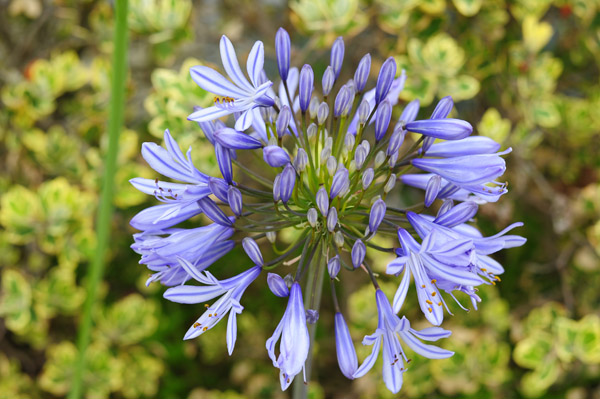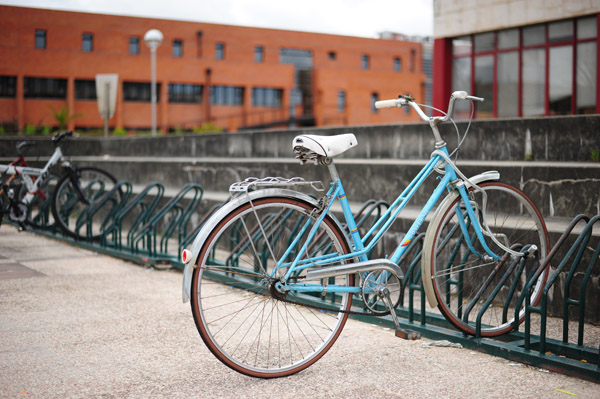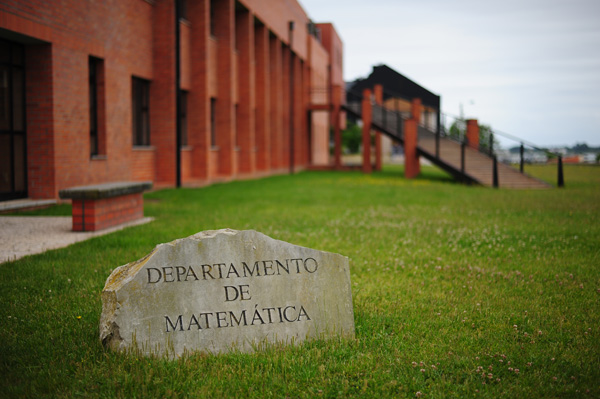Introduction


Today I present you with my review of the Micro-Nikkor AF-S 105mm f/2.8 G IF ED VR N macro lens, tested as always with the Nikon D700 full-frame DSLR. More than a decade has passed by since the previows D version was announced, and this G version includes lots of goodies that add more value to it, resulting in a much more versatile design for general use, not only suitable for macro but also very capable for portraits and landscapes.
This is how it looks with the D700:
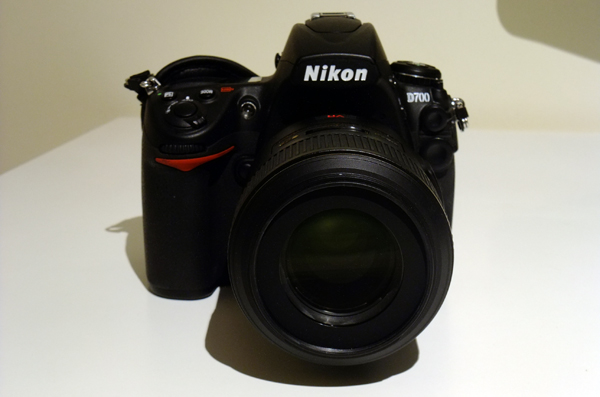

Having been anounced in 2006, this lens introduces many new features and design changes compared with the previous version, such as: AF-S motor with manual override, VR II (Vibration Reduction, version II) optical stabilizer, ED (Extra-low Dispersion) glass and even one element with Nano Crystal Coat to reduce flare and improve micro contrast. The internal construction suffered many changes and now has 14 elements in 12 groups instead of 10 elements in 9 groups of the D version lens.
The lens is built with metal and high quality plastic parts, all very tightly together, and the result is a large lens weighing a hefty 790 grams. The lens has three switches, one for selecting between autofocus (with manual focus override) and manual focus only, other to activate VR, and another switch to limit minimum focus distance to half a meter. This is a G lens and therefore has lost the aperture ring, so it doesn’t work any more with the older manual SLRs.
At a price of 899€ today, this lens is not exactly cheap, but as you will see not only you get a true 1:1 macro lens but also a terrific long distance shooter with professional build quality and features. This is a true gold-ring lens and deserves that distinction.
Technical Specifications
| Focal length | 105mm |
| Maximum aperture | f/2.8 (far distance) – f/4.8 (nearest) |
| Minimum aperture | f/32 (far distance) – f/57 (nearest) |
| Field of view | 23 degrees (on FX) |
| Weight | 790g |
| Dimensions | 116 x 83mm |
| Optical construction | 14 elements in 12 groups (1 ED element, 1 Nano Crystal Coat) |
| Aperture blades | 9, rounded |
| Filter diameter | 62mm |
| Minimum focus distance | 46.1cm (29.5cm from the front element, focus limiter on), 31.4cm (14.8cm from the front element, focus limiter off) |
| Hood | HB-38, petal-shaped |
| Mount | Nikon F |
Mechanical Characteristics
| Zoom ring | n/a |
| Focus ring | Plastic with rubber finish, no infinity stop |
| Focus throw | 270 degrees (focus limiter off) |
| Focus motor | Yes, Silent Wave Motor |
| Optical stabilizer | Yes, Vibration Reduction II |
| Front element rotation while zooming | n/a |
| Front element rotation while focusing | No |
| Internal focusing | Yes |
| Lens extension while focusing | No |
| Lens extension while zooming | n/a |
| Maximum magnification | 1:1 |
Handling
With the D700, the Nikkor is fairly well balanced, but with a smaller camera it’s recommended to buy a battery grip since it can be very nose heavy. The lens looks and feel are great, being very solidly built like a professional lens. I have been walking around the streets with the D700 and this lens and few people look at me as the lens is not very lengthy and not intimidating. I could take candid pictures from relatively far away with ease without being suspicious. The thing changes when I use the hood; the total length increases a lot and in the streets I felt that I looked like a stalker, as this thing become huge and attracted a lot of attention.
The focus ring has a generous throw for careful framing, being very precise for far away shooting as well and not only for macro. Unfortunately, the focus ring isn’t damped although it’s fairly smooth, and this is the only practical “defect” I find compared with other professional lenses. The focus limiter sets the minimum focus distance to 0.5 meters which is very useful for shooting in the streets or events where quick focusing is a necessity. When turning the limiter on, the AF is really quick, especially for a macro lens! It’s much faster focusing than my Nikkor AF-S 50mm f/1.8 G, for instance, especially in low light situations. Turning the limiter off increases the focusing time by a lot and also increases the potential for hunting even in good light. So, basically I always shoot with the limiter on in most shooting I do, and in macro I don’t care for AF anyway and I always focus manually. And I almost forgot, the AF is really silent and in line with the other pro lenses.
The inclusion of VR is a blessing in the streets and on the occasional close-up when you don’t have a tripod nearby, as it can save the shot, particularly on that close-up shot when you have to close the aperture a lot to get all things in focus. It is always a challenge to get everything in focus with a long focal length as is 105mm, though, and that’s why VR can be so handy.
One of the greatest things I love about this lens is the fact that all focusing is internal, even towards the magnification of 1:1, since nothing moves outside. That’s another plus for macro shooting because I don’t have to worry myself about the front element touching the subject when I just want to avoid it. Also, the front element doesn’t rotate while focusing which is always nice when using polarizers.
All in all, handling this lens is a breeze in all possible situations, from macro to landscape shooting.
Resolution
For the resolution test I shot the 5 Euro bill as usual. Focus was achieved using Live View to avoid auto-focus imprecisions and to compensate for possible field curvature issues.
The first column shows a crop of the image center, the corner crop is on the second column and the third column shows a crop of the extreme corner. Each row represents an aperture setting, from maximum to f/22 in full stops. I opted to show crops only until f/22, because closing the aperture even more results in more and more diffraction. Also, the target was at a such distance from the camera that the maximum effective aperture was f/3.0 instead of f/2.8 – the camera always reports the effective aperture. Here are the results:

From this test I’ve found that the Micro-Nikkor is a perfect performer right from the maximum aperture, with only almost negligible softness in the extreme corners that disappears when stopping down. The overall contrast decreases a bit by f/16 and diffraction settles in at f/22 and gets worse afterwards.
The Nikkor is a stellar performer and I couldn’t ask more of this lens. It’s just stunning at every “normal” aperture and you have to see it to believe it, even in full-frame. This kind of performance is somewhat common with most macro lenses, but it’s likely that some people were expecting less when Nikon decided to change the internal construction and increased the number of elements. This has to be one of the sharpest lenses ever.
Distortion
I tested distortion with the usual brick wall shot:

Distortion is very low, with a only a tiny amount of barrel distortion that is counteracted by an equal bit of mustache at the corners. The result is straight vertical lines, and horizontal lines having a very residual wavy characteristic. This is negligible in the field and barely visible even in these test targets.
Vignetting
In this test, I shot a white wall at home using tungsten white balance and set exposure manually:
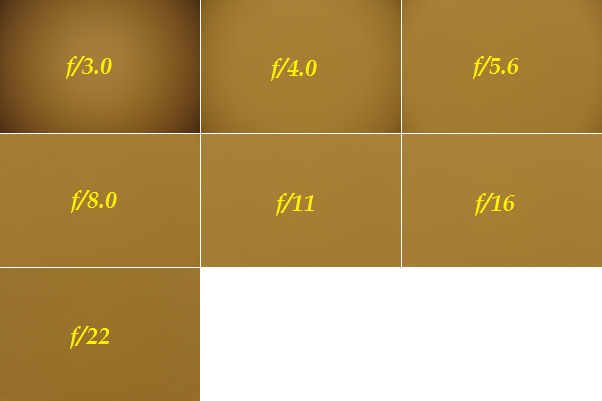
There’s a lot of vignetting at the widest aperture that decreases substantially by stopping down, but it’s only visible when shooting far distance subjects. This can result well in portraits and street candids, though. For small distance shooting there’s nothing to worry about because the lighting across the frame is always fairly uniform.
Chromatic aberrations
For this test I shot a car from above on a bright sunny day early in the afternoon:

This lens employs ED glass to reduce chromatic aberrations to a minimum and this test clearly shows that it works, and it works very well indeed. I’ve never found any fringing issues even when shooting close-ups of bright metal objects under intense light. In this regard, this lens is perfect.
Coma
Coma was tested using a LED source, at home in a dark room.
I put the light source at the center (first column), corner and extreme corner of the frame (second and third columns, respectively), at maximum aperture and stopped down.
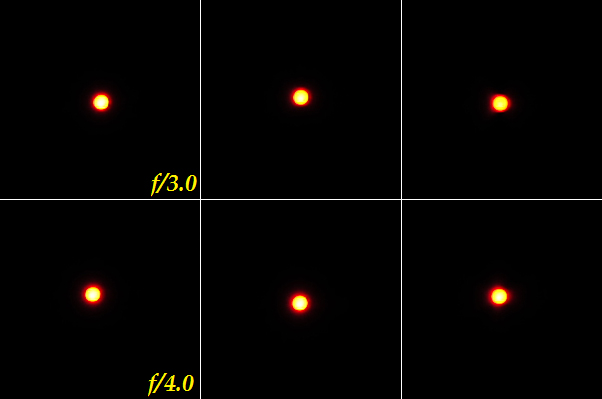
Coma is hardly visible only in the extreme corners at the widest aperture but the effect disappears stopping down. It’s an excellent performer in astrophotography, and I have always confirmed it in the field. It’s not really perfect at the extreme corners wide open, but it’s almost there.
Flare
I shot a building in construction with the sun sneaking from a window, to see if I could see any flare vestiges. I started to shoot directly against the sun, then placed the sun at the corner and finally made some shots with the sun just outside the frame.
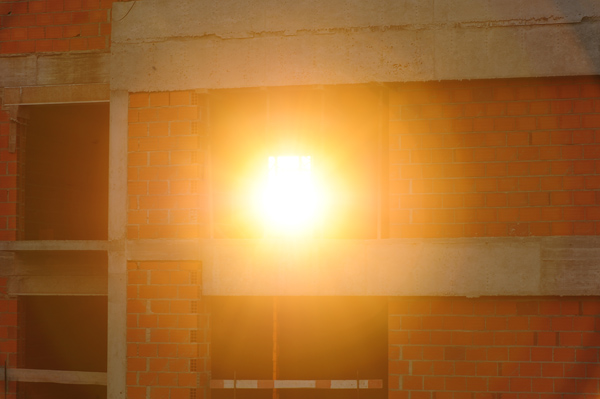 |
| Shot directly against the sun. |
 |
| Shot with the sun placed at one corner of the frame. |
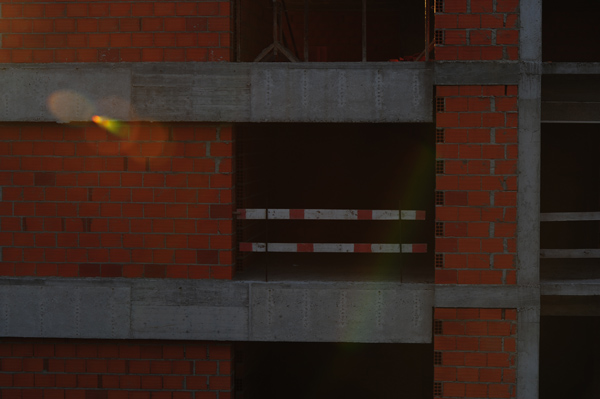 |
| Shot with the sun just outside the frame. |
This was truly unexpected, because everyone was talking about how great Nano coating is reducing flare, but I quickly saw myself that Nano is not the miraculous solution only by itself. Nano coating is great improving flare resistance, but the amount of flare that a lens can produce is highly dependent on the lens design. In this very lens, flare and ghosting can be really horrendous. This is the worst case I’ve dealed with so far, much worse than the Nikkor AF 28-105mm f/3.5-4.5 D that I have tested before.
Shooting against the sun gives a tremendously high amount of flare, with the brightness obscuring most of the picture. Putting the sun in one corner reveals an ugly reflection that goes diagonally across the image, ruining any shot. When the sun is just outside the frame, the issue can be easily controlled using just the lens hood.
Obviously, this lens has to be handled with great care when shooting with the sun in the frame, even when taking pictures of sunsets! I can’t imagine any worse performance than this.
Bokeh
The lens has 9 rounded aperture blades, thus it’s expected to get pretty circular out of focus highlights. I took a defocused picture at the widest aperture of the city lights and got crops of the center, corner and extreme corners. The test was repeated for the subsequent two stops. Due to the focus distance I selected for this test, the maximum effective aperture was reduced to f/3.5.

I couldn’t want much more from this lens in terms of bokeh at full aperture. The out of focus highlights are so creamy smooth, either inside and on the edges, that always results in very attractive backgrounds. There is the cats eye effect in the corners due to vignetting, but few lenses don’t have it. At f/4, a slight polygonization can be noticed and gets a little worse at f/5.6, but even then bokeh is a delight especially when considering the aperture value.
Overall, although not perfect bokeh as, for instance, the one from a Nikkor AF-S 85mm f/1.4 G lens, you can’t go wrong with this Micro-Nikkor in terms of bokeh.
Macro/Close-up
With the focus limiter activated, the Nikkor was capable to focus as close as 46.1 centimeters from the sensor plane, or 29.5 centimeters from the front element. When the focus limiter is switched off, the focus distance drops down to 31.4 centimeters from the sensor plane or 14.8 centimeters from the front element, to a maximum magnification ratio of a real 1:1.
I shot an 1 Euro coin and this is what to expect at the minimum focus distance:
Focus limiter on

Focus limiter off

Image stabilization
The Micro-Nikkor includes the second version of VR (Vibration Reduction) which makes this lens very useful in other types of photography. Nikon states that VR II is capable of giving an advantage of 4 stops. That means that at 105mm, it is possible to achieve sharp pictures at speeds as low as 1/6 seconds!
To test it, I shot the back of a street lamp from my window. The first column shows crops of the subject shot with VC off, and the second column shows them with VR on. Here are the results:

I took the pictures at ISO 100 and closed the aperture to its minimum possible, but unfortunately the lowest speed I got was 1/10 seconds, somewhere between 3 and 4 stops down from the typical lowest speed of 1/100 seconds for hand-held shooting without stabilization.
As can be seen here, VR worked flawlessly down to 1/10 seconds, and in this case the obtained softness was due to high diffraction; I shot this last picture at f/32.
Even knowing that I did not achieve 1/6 seconds of speed, I strongly believe that it is possible to get sharp pictures at that speed from people with steadier hands than mine and better hand-holding technique.
Summary
| Build quality | 10 | A solid brick, very professional |
| Handling | 8 | Good handling in every type of shooting, fast AF and decent VR |
| Resolution | 10 | Stellar sharpness across the frame at all apertures, it’s very hard to think of a sharper lens |
| Distortion | 10 | Perfect here in all practical shooting |
| Vignetting | 9 | Strong at full aperture, but stopping down gets very well controlled |
| Chromatic aberrations | 10 | No fringing issues even when shooting foliage against the sun |
| Coma | 10 | Very hardly visible wide open in the extreme corners, perfect in the field |
| Flare | 1 | The lowest score possible, I can’t imagine a worse case |
| Bokeh | 8 | Creamy soft at all apertures, but gets polygonal early in the corners |
| Overall | 87% | Amazing optics in a solidly built, versatile package, for many types of shooting |
Samples
Here are some samples of pictures I made with this lens. Settings: native JPEG, picture control set to Landscape mode, no post-processing applied except reducing to 600 pixel width.
 |
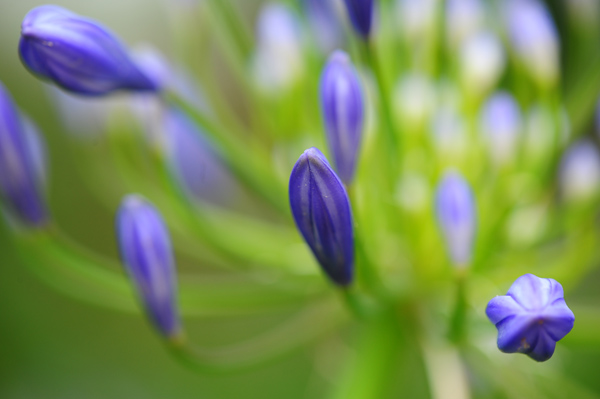 |
 |
 |
 |
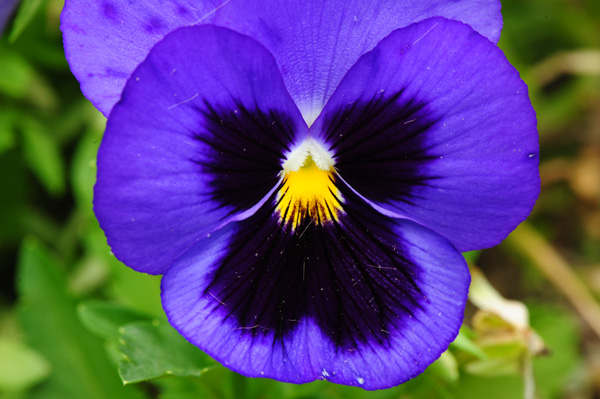 |


